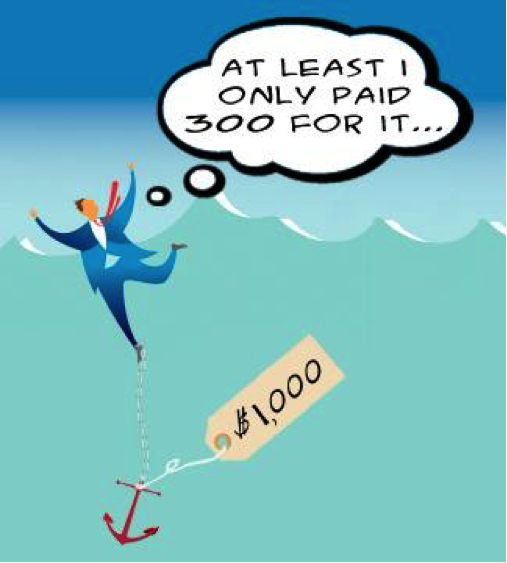

In other words, rather than relying on a solid judgment to arrive at the most remarkable conclusion overall, we ‘anchor’ our decision-making process to the current situation through the anchoring effect. This pricing strategy is applied in marketing and negotiations and can significantly affect how much people pay for something. The higher price will be considered by shoppers as closer to the original, lower price than the other prices offered. The anchoring effect works by first presenting a price and then stating a higher price. If you do not want to give them what they think is their best option, you should create some urgency by making it appear like other customers are interested in buying it right away. You might want to offer something at a lower price than you plan on charging in order to get your customer hooked before revealing information about prices for larger purchases. Sellers will typically provide an anchor that would be perceived as a compelling value in the eyes of the buyer. The anchor can be any number of things including price, size, selection, name recognition, or other feature. Anchoring is the process of focusing your potential buyer on an offer or price by leading them to believe this is their best option. If you’re not familiar with it, the anchoring result is a cognitive bias.

Have you ever heard of the anchoring effect? It’s one of the most intriguing concepts in marketing. Home - Blog - Inbound Marketing - Anchoring Effect – What Is It and How Can It Impact Your Buyers’ Behavior?


 0 kommentar(er)
0 kommentar(er)
